Tree Jaguar Shanding Orange
Price 1399 INR/ Piece
MOQ : 1 Piece
Tree Jaguar Shanding Orange Specification
- Color
- White
- Height
- 5 Centimeter (cm)
- Mount Type
- Table top
- Length
- 5 Centimeter (cm)
- Material
- Polyresin
- Product Type
- Sculpture
- Style
- Modern Arts
- Use
- Home Decoration
- Theme
- Animal
Tree Jaguar Shanding Orange Trade Information
- Minimum Order Quantity
- 1 Piece
- Supply Ability
- 10 Pieces Per Day
- Delivery Time
- 1 Days
About Tree Jaguar Shanding Orange
aguar statues hold significant cultural and symbolic meaning in various contexts, particularly in the cultures of ancient Mesoamerica and contemporary Latin America. Here are some key points regarding jaguar statues: Ancient Mesoamerican Cultures: In civilizations such as the Olmec, Maya, Aztec, and others, the jaguar was revered as a powerful and mystical animal. It was often associated with deities and considered a symbol of strength, royalty, and spiritual prowess. Jaguar statues and sculptures were commonly found in temples, palaces, and other important ceremonial sites. Guardian Figures: Jaguar statues were sometimes placed at the entrances of temples or other sacred spaces, serving as guardians and protectors. Their fierce and majestic appearance was believed to ward off evil spirits and safeguard the premises. Symbol of Royalty and Power: The jaguars association with royalty and authority made it a common motif in the regalia of rulers and elite individuals. Jaguar-themed ornaments, headdresses, and ceremonial attire were used to signify status and authority. Shamanic Symbolism: In shamanic traditions of Mesoamerica, the jaguar was often seen as a spiritual guide or shapeshifting entity. Shamans might invoke the spirit of the jaguar for protection, guidance, or healing purposes. Jaguar statues could be used in rituals or as focal points for spiritual practices. Contemporary Art and Culture: In modern Latin American art and culture, jaguar statues continue to be a prominent motif, representing cultural heritage, wildlife conservation, and national identity. They are also featured in public sculptures, museums, and tourist attractions. Whether crafted by ancient civilizations or contemporary artists, jaguar statues serve as enduring symbols of strength, beauty, and mysticism, connecting people to the rich tapestry of Mesoamerican culture and the natural world. Jaguar" can refer to multiple things, depending on the context: Animal: The Jaguar is a large cat species native to the Americas. Its known for its beautiful spotted coat and powerful build. Jaguars are skilled hunters and are often associated with strength and agility. Car Manufacturer: Jaguar is a British luxury vehicle brand known for its sleek designs and high-performance automobiles. Founded in 1922, Jaguar has produced iconic cars such as the E-Type and the F-Type, blending style with performance. Operating System: Jaguar is also the codename for Mac OS X version 10.2, released by Apple in 2002. It introduced several new features and improvements over its predecessor, Mac OS X 10.1 (code-named Puma). Which one were you thinking about? Or is there another context you have in mind?FAQs of Tree Jaguar Shanding Orange:
Q: What is the material of the Tree Jaguar Shanding Orange?
A: The Tree Jaguar Shanding Orange is made of polyresin.Q: What is the theme of this product?
A: The theme of the Tree Jaguar Shanding Orange is Animal.Q: What is the height and length of this product?
A: The Tree Jaguar Shanding Orange has a height and length of 5 centimeters each.Q: Is this product suitable for tabletop decoration?
A: Yes, the Tree Jaguar Shanding Orange is designed as a tabletop mount type.Q: What color is the Tree Jaguar Shanding Orange?
A: The product is white in color.
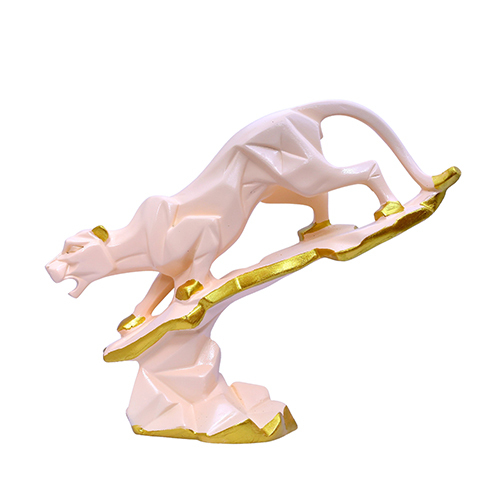
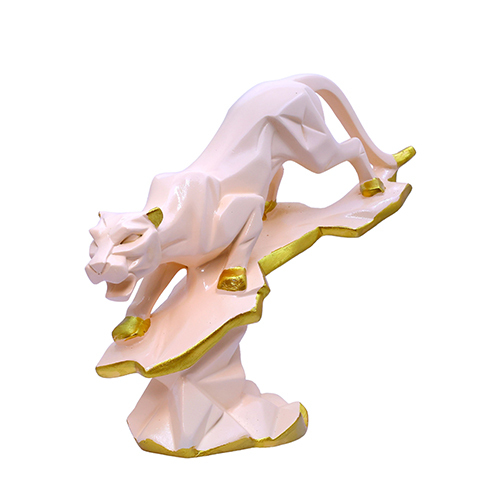
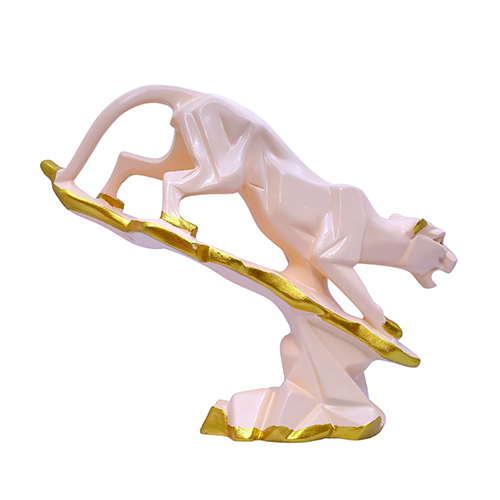
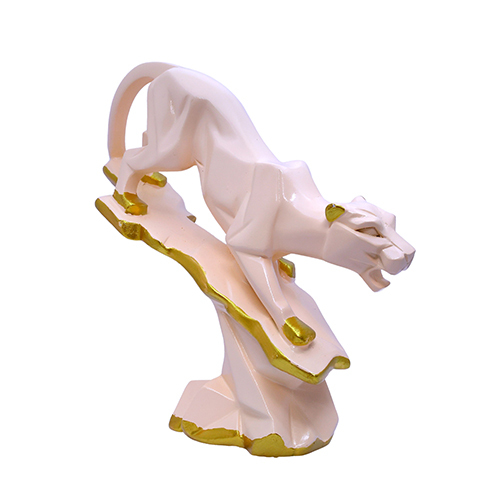
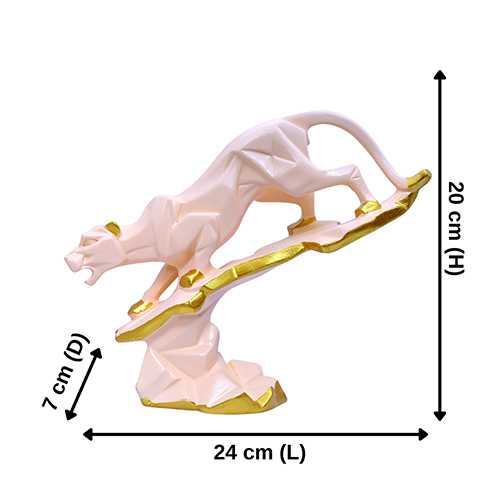
Tell us about your requirement

Price:
Quantity
Select Unit
- 50
- 100
- 200
- 250
- 500
- 1000+
Additional detail
Mobile number
Email
More Products in Animal Statue Category
GW Creations Cute Decorative Puppy Statue
Price 252 INR / Unit
Minimum Order Quantity : 100 Units
Material : Resin
Use : Home Decoration
Color : Brown
Theme : Animal
Mighty Eagle Gold
Price 1119 INR / Piece
Minimum Order Quantity : 1 Piece
Material : Other, Polyresin
Use : Home Decoration
Color : Gold
Theme : Animal
Standing Jaguar Purple
Price 1199 INR / Piece
Minimum Order Quantity : 1 Piece
Material : Other, Polyresin
Use : Home Decoration
Color : Purple
Theme : Animal
Mighty Eagle Copper
Price 1119 INR / Piece
Minimum Order Quantity : 1 Piece
Material : Other, Polyresin
Use : Home Decoration
Color : Copper
Theme : Animal

 Send Inquiry
Send Inquiry

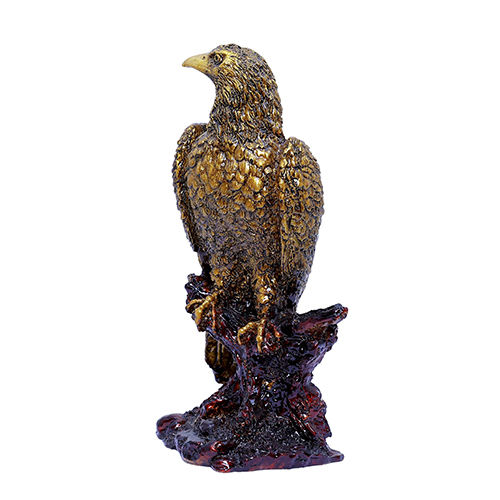
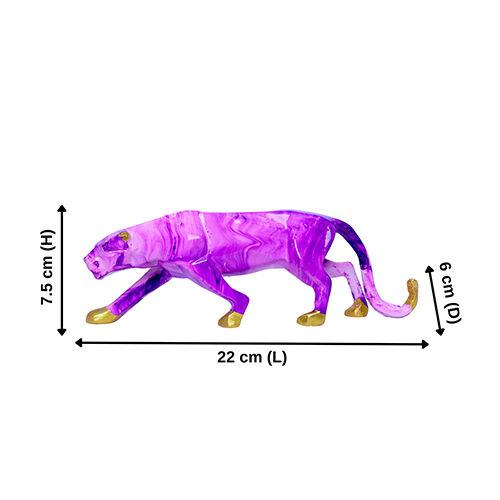
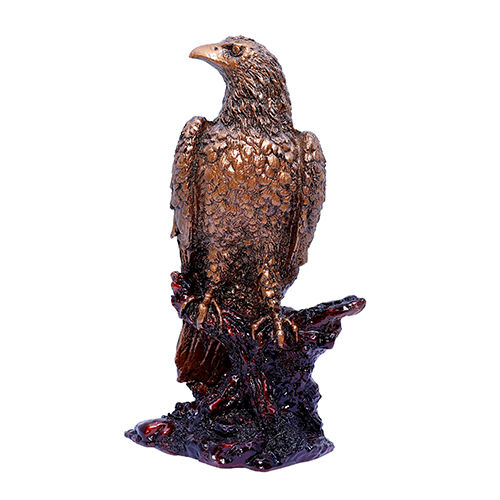


 Send Inquiry
Send Inquiry Send SMS
Send SMS Call Me Free
Call Me Free